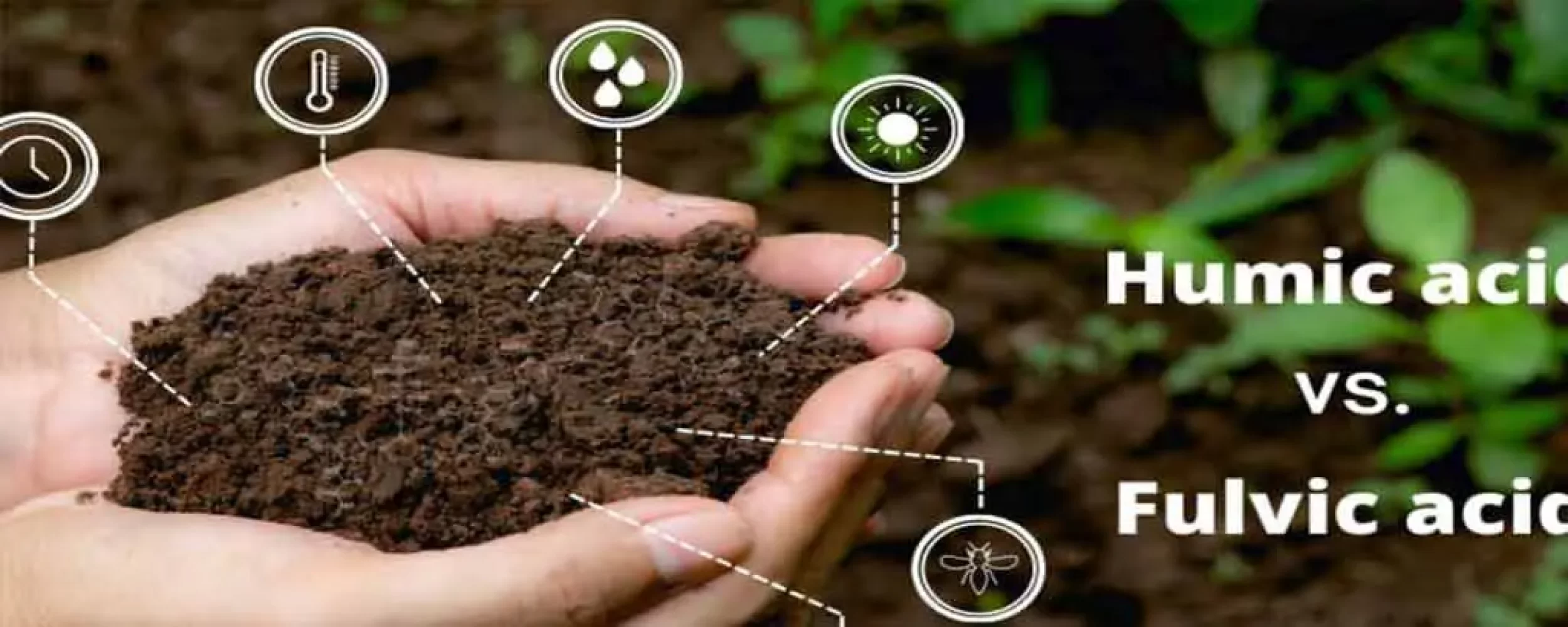If you are interested in sustainable agriculture, then you must have heard of humic and fulvic acid. These natural substances have become more popular in recent years due to their ability to improve soil health and plant growth. In this article, we will discuss what both of these acids are, how they work, and the benefits of using them in farming.
What are Humic and Fulvic Acid?
Organic compounds like humic and fulvic acid exist in soil, peat, coal, and other natural sources. Humic acid consists of long chains of carbon, hydrogen, and oxygen, forming a complex organic molecule. On the other hand, microbial activity derives fulvic acid from humic acid, creating a smaller molecule. Both acids are rich in essential minerals, trace elements, and organic matter that are important for plant growth.
How Do Humic and Fulvic Acid Work?
Humic and fulvic acid work in several ways to improve soil health and plant growth. They act as natural chelating agents, which means they can bind to nutrients and minerals in the soil and make them more available to plants. They also help to increase water retention in soil, reduce soil erosion, and promote the growth of beneficial microorganisms.
Benefits of Using Humic and Fulvic Acid in Farming
- Improved Soil Health: Both acids can help to improve soil health by enlarge the soil’s ability to hold water and nutrients. This can lead to well plants and higher crop yields.
- Enhanced Nutrient Uptake: Both acids can help to improve the availability of essential nutrients, such as nitrogen, phosphorus, and potassium, to plants. This can lead to improved growth and yield.
- Increased Resistance to Stress: Both acids can help plants to withstand environmental stresses such as drought, heat, and cold. This can help to reduce crop loss and improve overall plant health.
- Improved Seed Germination: Both acids can help to improve seed germination rates by promoting root development and enlarge nutrient uptake.
- Environmentally Friendly: Both acids are natural, environmentally safe substances, leaving no harmful residues in the soil or on plants.
Conclusion:
In conclusion, the use of both acids can provide numerous benefits to farmers and their crops. By advance soil health, enhancing nutrient uptake, enlarge resistance to stress, advance seed germination, and being environmentally friendly, these natural substances are becoming a popular choice for sustainable agriculture. Incorporating both acids into your farming practices can help to improve your crop yields and promote well plants.
